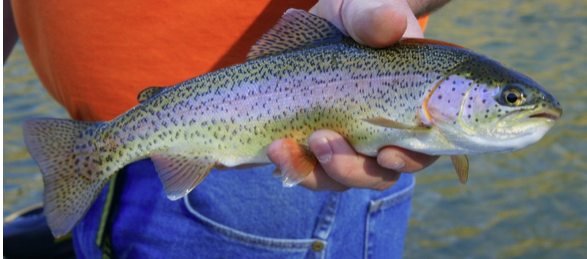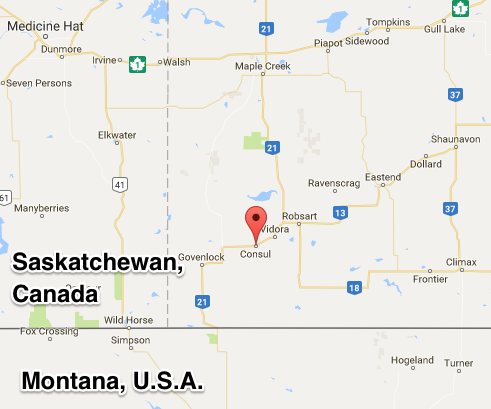Cypress Hills Anglers’ Association

While the attempt by government and the irrigation farmers to improve irrigation infrastructure on Battle Creek was abandoned by the mid-1920s, the federal government responded to other suggestions for the use of its water. In 1924 the Dominion Department of Fisheries stocked Battle Creek with rainbow trout presumably at the request of the Cypress Hills Angler’s Association. In 1925 Dr. R. M. Johnstone, Regional Medical Heath Officer in Vidora and President and Managing Director of the Cypress Hills Anglers’ Association brought his concerns about domestic water supplies and the survival of the trout to the attention of the Department of the Interior. James McKinnon, in his view, was the chief aggressor since he was observed using water freely for his pastures. In Johnstone’s view this seriously compromised the domestic water supply of all farmers south of him and, should the flow fall below standard level, the deeper pools would be fouled with algae. The Association “did not propose to be unduly troublesome,” but it did expect the farmers using water from Battle Creek to respect the terms of their licenses and the Association’s efforts to protect the fish. The Association proposed to install fish ways over all dams constructed and the installation of screens at all turnouts to prevent the fish from ending up in the fields. He wanted the Department of the Interior to “get busy if only to scare the people abusing their water licenses.”
The Irrigation Branch of the Department of the Interior responded immediately by sending Merritt French, who was very familiar with the various projects along Battle Creek having conducted a number of inspections. He interviewed Dr. Johnstone at Vidora who repeated his complaints of the shortage of water and the consequences with the result that “people were very wrathy.” French explained that the Department had established a flow of 4 c.f.s. water at Ten Mile as the minimum stage at which any diversions should be allowed or that the water in the stream should not be reduced below that amount. He also explained that this amount would maintain a small flow as far as the International Border, but that in periods of extreme drought the creek would cease flowing altogether, possibly as far upstream as Ten Mile. If the minimum was not satisfactory the association could request a change by the government.

